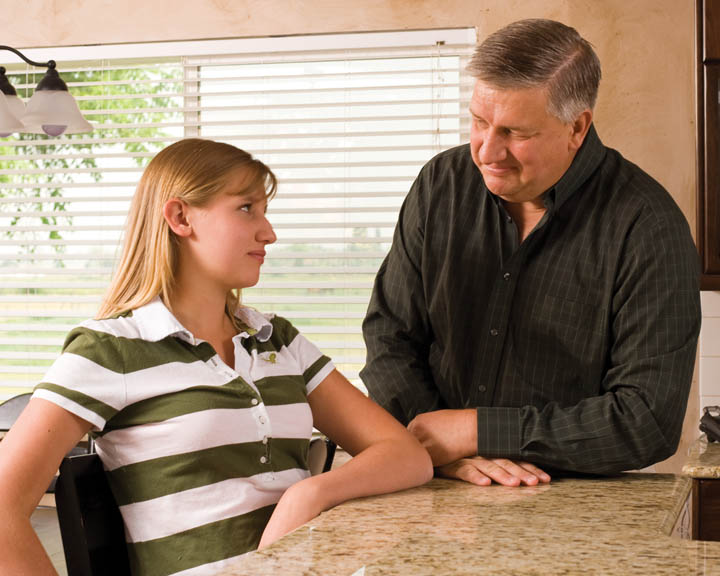 Expressing gratitude is not just for Thanksgiving, but something we need to do all year long, both to God and to others who serve us. Teaching our children to have a spirit of gratitude helps them to be happier as they remain aware of all the good things in their lives, even amidst the trials.
Expressing gratitude is not just for Thanksgiving, but something we need to do all year long, both to God and to others who serve us. Teaching our children to have a spirit of gratitude helps them to be happier as they remain aware of all the good things in their lives, even amidst the trials.
Learn how to plan a family night.
The week before this family night, put up a large sheet of paper or poster board. Invite family members to draw or cut out pictures of things they are thankful for and place them on the board throughout the week. Add in family photos. Put each one on the board in a removable form, such as tape.
When the family night begins, bring out the board and let the family talk about what was added during the week and why. Then remove one item and ask them how their world would change if that item were missing. Do this with several items on the board, and then turn the board over and ask them what their lives would be like if they had none of these things.
Select an item on the board and ask the family who they have to thank for it. While they may mention a parent who gave it to them as a gift or purchased it, lead them with questions to realize everything ultimately comes back to God.
“Who do you have to thank for your new bike? Yes, I did buy it for you, and I remember that you thanked me. How was I able to afford it? Yes, because I have a job. I’m thankful for my job, and since it got you a bike, I presume you are also. Why do you think I have a job right now? Because God made it possible for me to have one. Not everyone has one right now, and it’s not because we’re smarter or more worthy. It’s just one of the blessings God chose for us at this time. I’m thankful He chose to give me this blessing because it lets me take care of you.”
Remind your family that God delivers most of His blessings through people. For instance, if we’re sad, He might prompt someone to call us up and see how we are. If we are hungry, He might prompt someone to bring us food. Set out an empty vase for each person, some artificial flowers, small strips of colored paper, pens, and ribbons. (You may use another method of visualizing these people.) Give each person a number of the flowers and a vase. Ask your family to think of someone who has done, or does something they are grateful for. Help them think beyond the obvious to include such things as the person who leads the music at church. Go around the room, having each person name someone and write their name on a small card. Attach the card to the flower and put the flower in the vase.
When they’ve come up with a good number of people, give each child some attractive paper and art materials and invite them to make a thank you card for one of those people. Tell them they will be putting their vases in their rooms where they can remember how many people work to make their lives better.
Point out there are three parts to the topic of gratitude: Noticing our own blessings, thanking others for blessing our lives, and thanking God. Ask them how they can thank God. They can’t really send Him a card or bring Him cookies. What can they do instead? (Thank Him in prayer and also serve others.)
Spend the remainder of the evening making cookies or another gift to deliver with the thank you cards the family made earlier. Then deliver them as a family.
